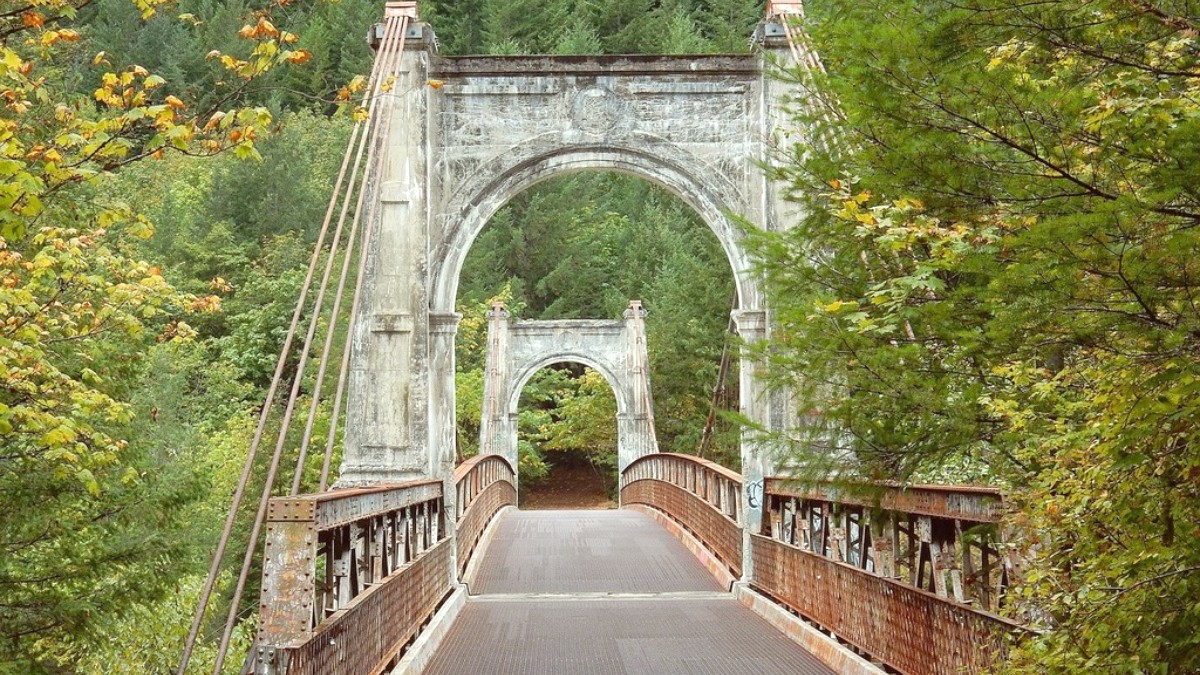
Southwest Colombia, Colombia
Cali's temperatures remain stable, averaging around 23-24°C (73-75°F) daily. This consistency means you will not experience harsh winters or scorching summers. Instead, the city alternates between two main rainy seasons and two drier seasons.
Drier Seasons: December to March and July to August. These periods generally bring less rainfall and lower humidity. Rainy Seasons: April to June and September to November. During these months, expect higher chances of daily rainfall. Showers often occur in the afternoons, sometimes heavy but usually brief. The air feels more humid.
Salsa Dancing & Nightlife: Experience this year-round. Many clubs offer live music and lessons regardless of the season.
Outdoor Activities (Hiking nearby): Prefer the drier seasons (December-March, July-August). Trails are less muddy, and views clearer. This includes visits to places like Cristo Rey or Cerro de las Tres Cruces, and excursions to Parque Nacional Natural Farallones de Cali. Cultural Events: The Feria de Cali (late December) is the most prominent event, a week-long celebration. Budget Travel: The low season (rainy months) offers the best opportunities for reduced costs.
United States, Canada, most EU, Australia, NZ
Up to 90 days, extendable for another 90 days (max 180 days per calendar year).
Passport (6+ months validity), proof of onward/return travel. Proof of funds is rarely requested.
Assistance for visa processing
Immigration and health rules
Generally, no entry fee for tourists. Immigration procedures are straightforward upon arrival.
No mandatory vaccinations for most. Yellow Fever certificate for certain areas or transit countries.
The official currency is the Colombian Peso (COP), symbolized by "$". ATMs are widely available and offer favorable exchange rates (use bank-attached ATMs for security). Credit/debit cards are increasingly accepted at larger establishments. Cash remains useful for smaller purchases and local markets.
Accommodation (per night): Hostel dorm $10-20; Budget hotel $30-60; Mid-range $70-150; Luxury $160+. Meals: Street food $1-3; "Menu del Día" $3-7; Mid-range meal $8-20; Fine dining $25+. Local Transport: MIO bus $0.70; Short taxi $3-7; Airport taxi $15-25. Attractions: Many free; Museum entry $3-10; Salsa club cover $5-15.
Enjoy the "Menu del Día" for a complete, low-cost meal at local eateries.
Utilize the MIO public bus system for affordable city travel.
Explore free attractions like San Antonio neighborhood, Parque del Perro, and Boulevard del Río.
Accommodation prices might be lower just beyond the main tourist zones.
Use ride-sharing apps (Uber, Didi, Cabify) for transparent pricing. Negotiate taxi fares if no meter is used.
No vaccinations are required for entry from most countries. Consult a travel clinic for personalized recommendations like Yellow Fever (if visiting certain areas), Hepatitis A, and Typhoid. Update routine vaccinations. Traveler's diarrhea is common; practice good food and water hygiene.
Cali has numerous hospitals and clinics. For medical emergencies, dial 125 for an ambulance, or 123 for the National Emergency Number. Medical services can be costly without insurance, so travel insurance is important.
Daily costs vary based on your travel style. These are approximate figures.
Staying connected and keeping your digital footprint safe is important for modern travel.
Protect your online activity and access geo-restricted content by using a Virtual Private Network (VPN). VPNs encrypt your internet connection, making your data more secure, especially on public Wi-Fi networks.
Popular options such as NordVPN and ExpressVPN are available for purchase before your trip.
A VPN encrypts your internet traffic, providing security when using public Wi-Fi and protecting your personal data from unauthorized access. This is especially useful for online banking or sensitive communications.
Encrypts data for secure browsing on public networks.
Without VPN, public Wi-Fi can expose your data.
A local SIM card from Claro, Tigo, or Movistar offers affordable data and calls, simplifying navigation, ride-sharing, and communication with locals. You will need your passport to register it.
Local data for maps and ride-sharing applications.
International roaming can be costly without a local SIM.
Pre-loading apps like Google Maps (offline), Moovit, translation apps (Google Translate), ride-sharing (Uber, Didi, Cabify), and WhatsApp simplifies your journey and daily interactions in Cali.
Navigation and local transport routes at your fingertips.
Without apps, navigating public transit and communication is harder.
| Category | Recommendation | Purpose |
|---|---|---|
| Power & Charging | Power Adapter (Type A/B), Portable Chargers/Power Banks | Ensure device compatibility and continuous power for mobile devices. |
| Photography | Travel Camera / Smartphone, B&H Photo (for gear) | Capture memories. Be discreet with expensive equipment. |
| Data Backup | Cloud storage (Google Drive/Dropbox) or Portable Hard Drive | Secure photos and documents from loss. |